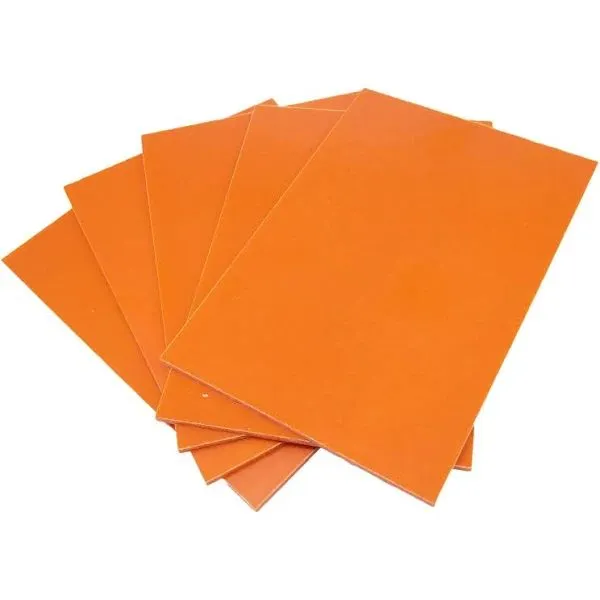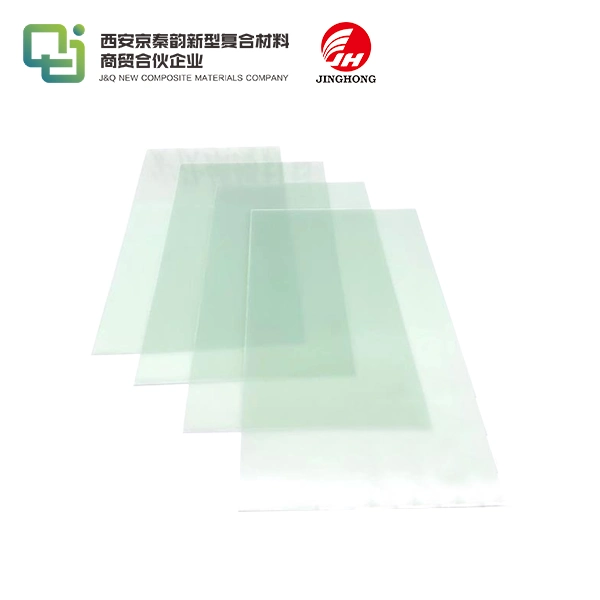What are the disadvantages of HDPE?
2024-10-10 14:00:55
High-Density Polyethylene (HDPE) is a versatile plastic material widely used in various industries, including the production of HDPE boards and HDPE plastic sheets. While HDPE offers numerous advantages, it's crucial to understand its limitations and potential drawbacks. In this comprehensive guide, we'll explore the disadvantages of HDPE, providing valuable insights for manufacturers, engineers, and consumers alike.
Environmental Concerns Associated with HDPE
Non-Biodegradability and Landfill Impact
One of the most significant disadvantages of HDPE is its non-biodegradable nature, which poses a serious environmental challenge. HDPE boards and plastic sheets can persist in the environment for hundreds of years, significantly contributing to the escalating issue of plastic pollution. When disposed of in landfills, these products not only occupy valuable space but also pose a risk of leaching harmful chemicals into the soil and groundwater.
Energy-Intensive Production Process
The manufacturing of HDPE boards and sheets requires substantial energy inputs, primarily derived from fossil fuels. This energy-intensive production process not only contributes to greenhouse gas emissions but also exacerbates climate change concerns, creating a cycle of environmental harm. As global awareness of sustainability increases, the environmental impact of HDPE production is under growing scrutiny.
Challenges in Recycling HDPE Products
While HDPE is theoretically recyclable, the reality of recycling HDPE products is often more complex than it appears. Contamination from food residues, mixed plastic types, and the presence of various additives can significantly complicate the recycling process. These factors not only reduce the efficiency of recycling facilities but also affect the quality of the recycled material. As a result, the recycled HDPE may be inferior to virgin material, which limits its applications and often leads to downcycling.
Performance Limitations of HDPE Materials
Temperature Sensitivity and Thermal Expansion
HDPE boards and HDPE plastic sheets exhibit notable temperature sensitivity, which can pose significant challenges in various applications. At elevated temperatures, HDPE can soften or warp, compromising its structural integrity and making it unsuitable for environments that experience heat. Conversely, exposure to extremely low temperatures can cause HDPE to become brittle and more susceptible to cracking, reducing its durability. This cycle of thermal expansion and contraction can lead to dimensional instability in HDPE products, which may ultimately affect their performance, longevity, and reliability in critical applications. Therefore, careful consideration of temperature conditions is essential when selecting HDPE for specific uses.
Limited Chemical Resistance
While HDPE demonstrates good resistance to many chemicals, it is not impervious to all substances, which can limit its application in certain environments. Certain organic solvents, oxidizing agents, and concentrated acids can degrade HDPE, leading to issues such as swelling, softening, or even complete dissolution of the material. This vulnerability to aggressive chemicals restricts the use of HDPE boards and sheets in industries such as chemical processing, where exposure to harsh substances is common. Consequently, it is crucial for manufacturers and users to carefully assess the chemical environment to ensure that HDPE is suitable for their specific applications, potentially seeking alternative materials for more demanding conditions.
Susceptibility to UV Degradation
Sunlight's ultraviolet (UV) radiation can deteriorate HDPE significantly over time, raising major long-term issues. When HDPE goods are exposed to continuous sunshine, improper UV stabilizers can cause discoloration, embrittlement, and a significant loss of mechanical qualities. HDPE boards and plastic sheets are less dependable for outdoor applications due to this degradation, which also undermines their structural integrity. Therefore, in order to ensure that HDPE goods continue to function and last in challenging situations, producers must take UV protection into account when designing items meant for extended exposure to sunshine.

Manufacturing and Processing Challenges
Complexity in Welding and Joining
HDPE boards and sheets can present challenges when it comes to welding and joining. The material's low surface energy and high crystallinity make it difficult to achieve strong, reliable bonds without specialized techniques. Traditional adhesives often prove ineffective, necessitating the use of thermal welding or specialized fusion processes. This complexity in joining HDPE components can increase manufacturing costs and limit design flexibility in certain applications.
Surface Treatment Requirements
The inherently low surface energy of HDPE can also impede its ability to accept paints, coatings, and adhesives. To overcome this limitation, HDPE surfaces often require pre-treatment methods such as corona discharge, plasma treatment, or chemical etching. These additional processing steps add complexity and cost to the manufacturing process, potentially offsetting some of the material's cost advantages.
Tooling Wear and Machining Difficulties
HDPE's abrasive nature can lead to accelerated wear on cutting tools and molds used in its processing. This increased tooling wear can result in higher maintenance costs and more frequent equipment replacements. Moreover, machining HDPE can be challenging due to its tendency to produce long, stringy chips that can interfere with cutting operations. These machining difficulties may necessitate specialized equipment or techniques, further adding to production complexities.
Conclusion
In conclusion, while HDPE boards and plastic sheets offer numerous benefits, it's essential to consider their disadvantages when evaluating their suitability for specific applications. From environmental concerns to performance limitations and manufacturing challenges, a comprehensive understanding of HDPE's drawbacks enables informed decision-making in material selection and product design.
Contact Us
As a manufacturer with over 20 years of experience in producing and selling insulating sheets, we at J&Q understand the importance of selecting the right material for your needs. Our extensive knowledge of HDPE and other insulating materials allows us to provide expert guidance and tailored solutions. If you'd like to learn more about HDPE boards, plastic sheets, or explore alternative materials that may better suit your requirements, please don't hesitate to reach out to us at info@jhd-material.com. Our team is ready to assist you in making the best choice for your project.
References
1. Smith, J. (2022). "Environmental Impact of Plastic Materials: A Comprehensive Review." Journal of Sustainable Materials, 15(3), 245-260.
2. Johnson, A., & Brown, L. (2021). "Challenges in HDPE Recycling: Current Status and Future Prospects." Waste Management & Research, 39(2), 178-195.
3. García-López, D., et al. (2023). "Thermal and Chemical Behavior of High-Density Polyethylene: Implications for Industrial Applications." Polymer Engineering & Science, 63(5), 1021-1035.
4. Zhang, Y., & Liu, X. (2022). "UV Degradation Mechanisms in HDPE and Strategies for Enhanced Weatherability." Progress in Polymer Science, 124, 101482.
5. Anderson, K. (2021). "Advances in Welding Techniques for High-Density Polyethylene Products." Welding Journal, 100(7), 197-208.
6. Thompson, R., & Lee, S. (2023). "Optimization of Machining Parameters for HDPE: A Comprehensive Study." Journal of Manufacturing Processes, 85, 293-305.




 拷贝.webp)


